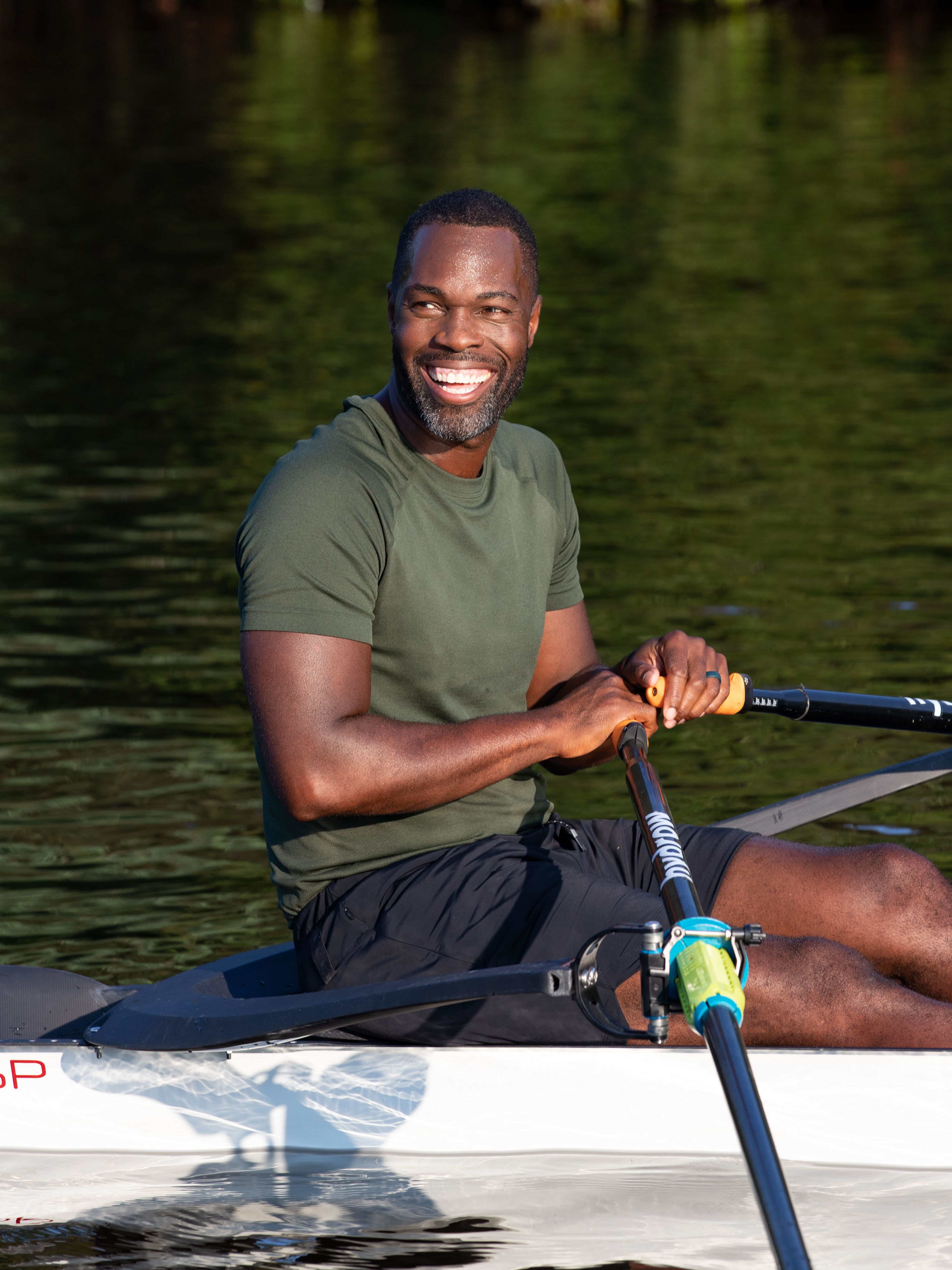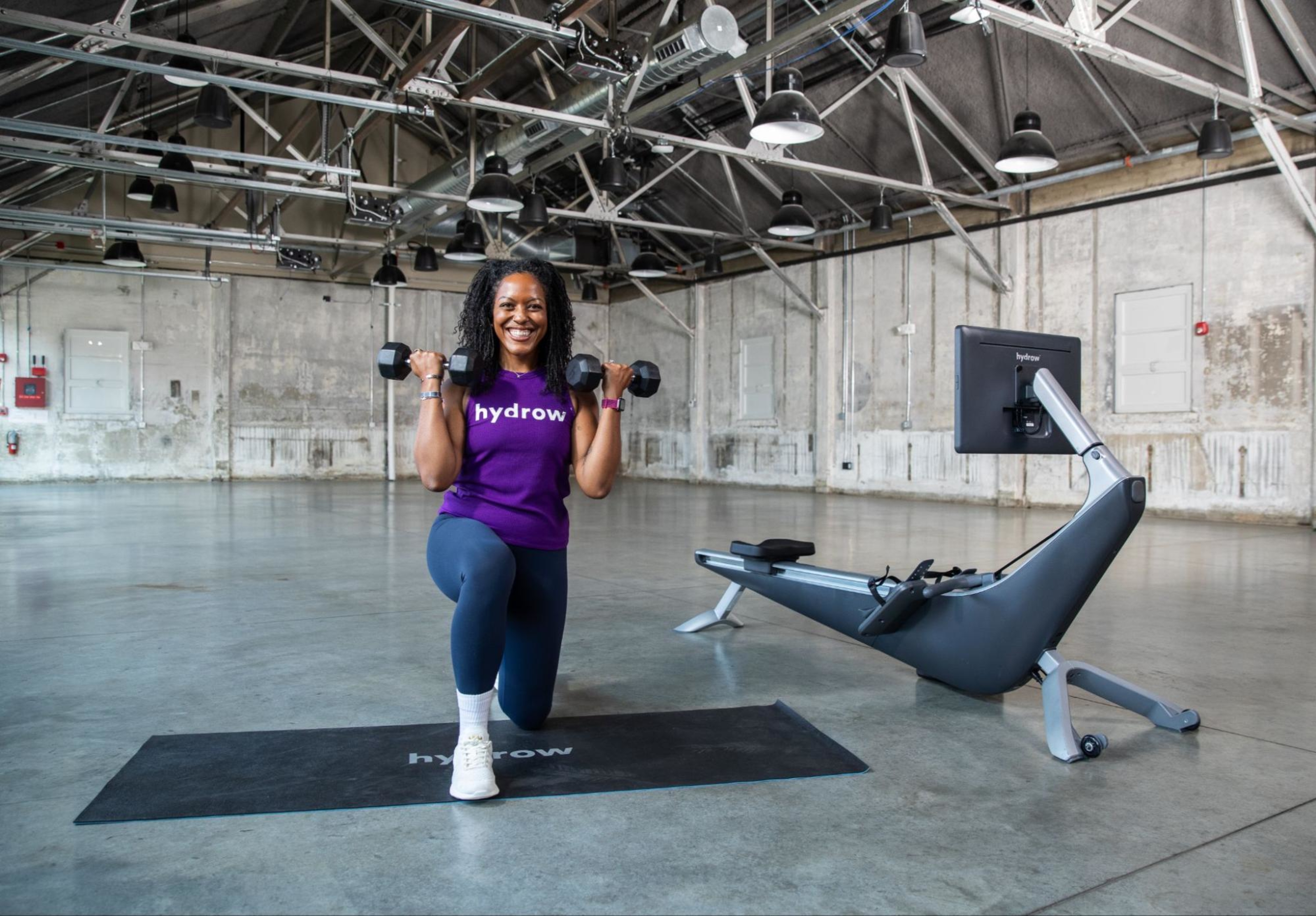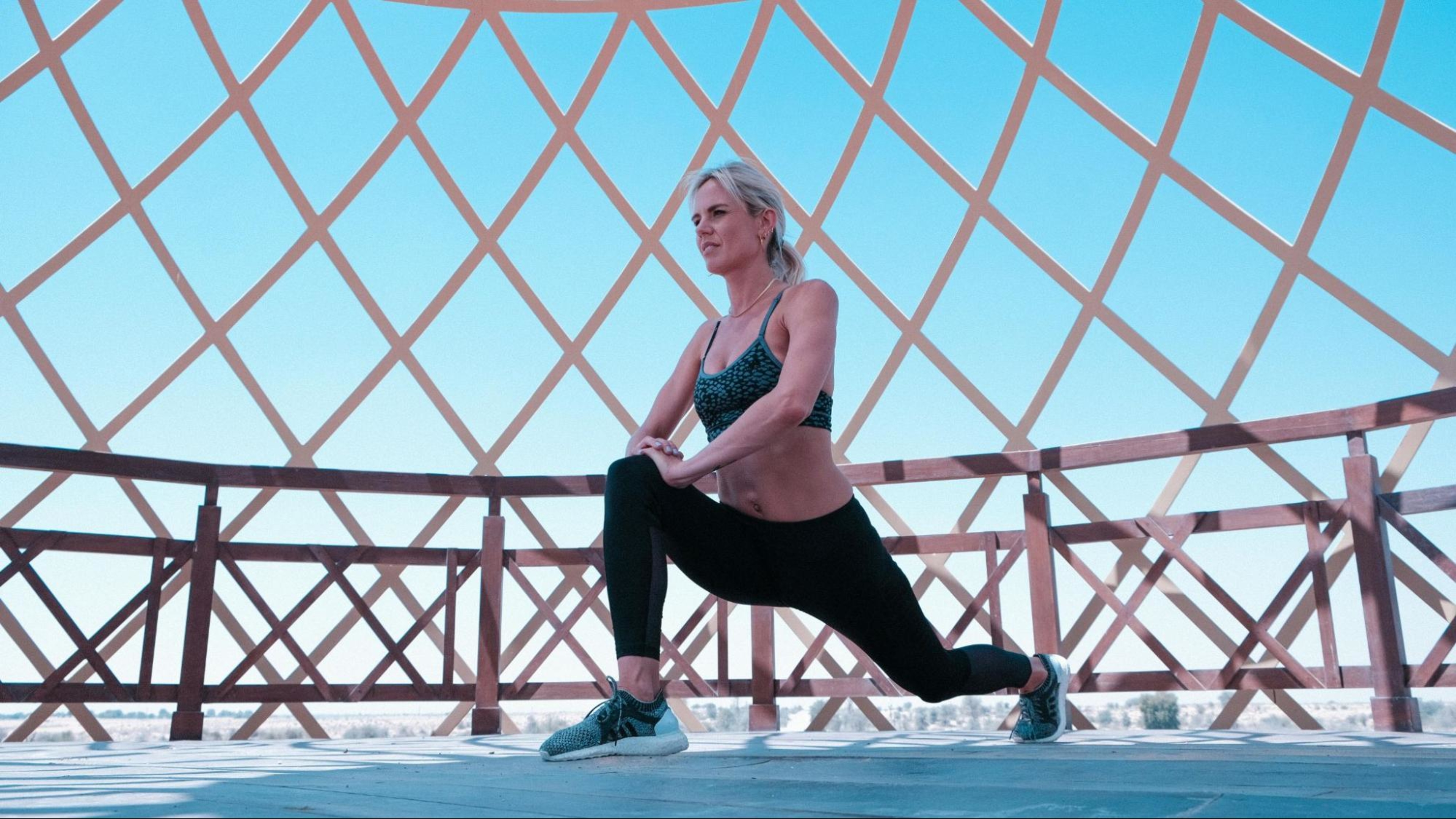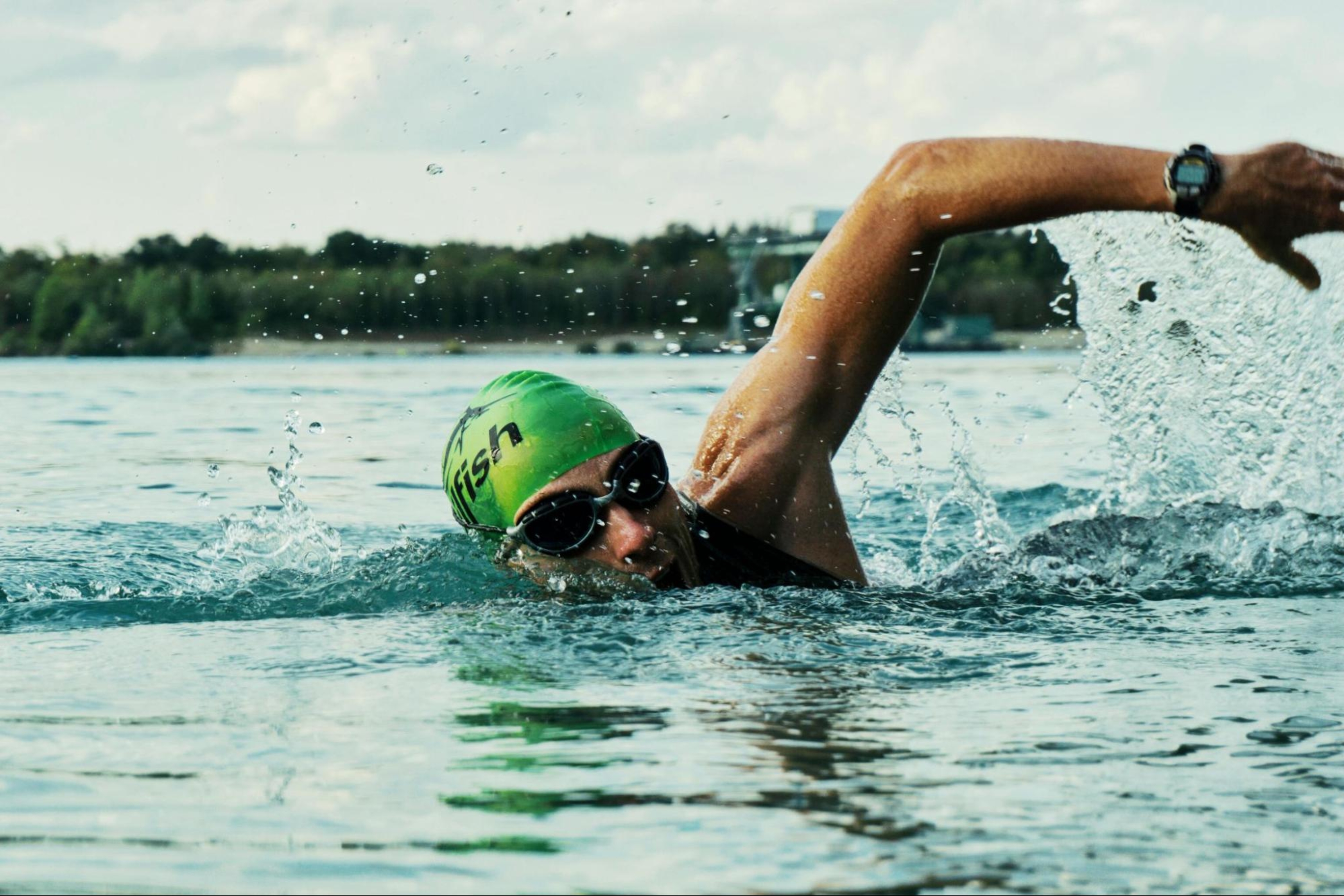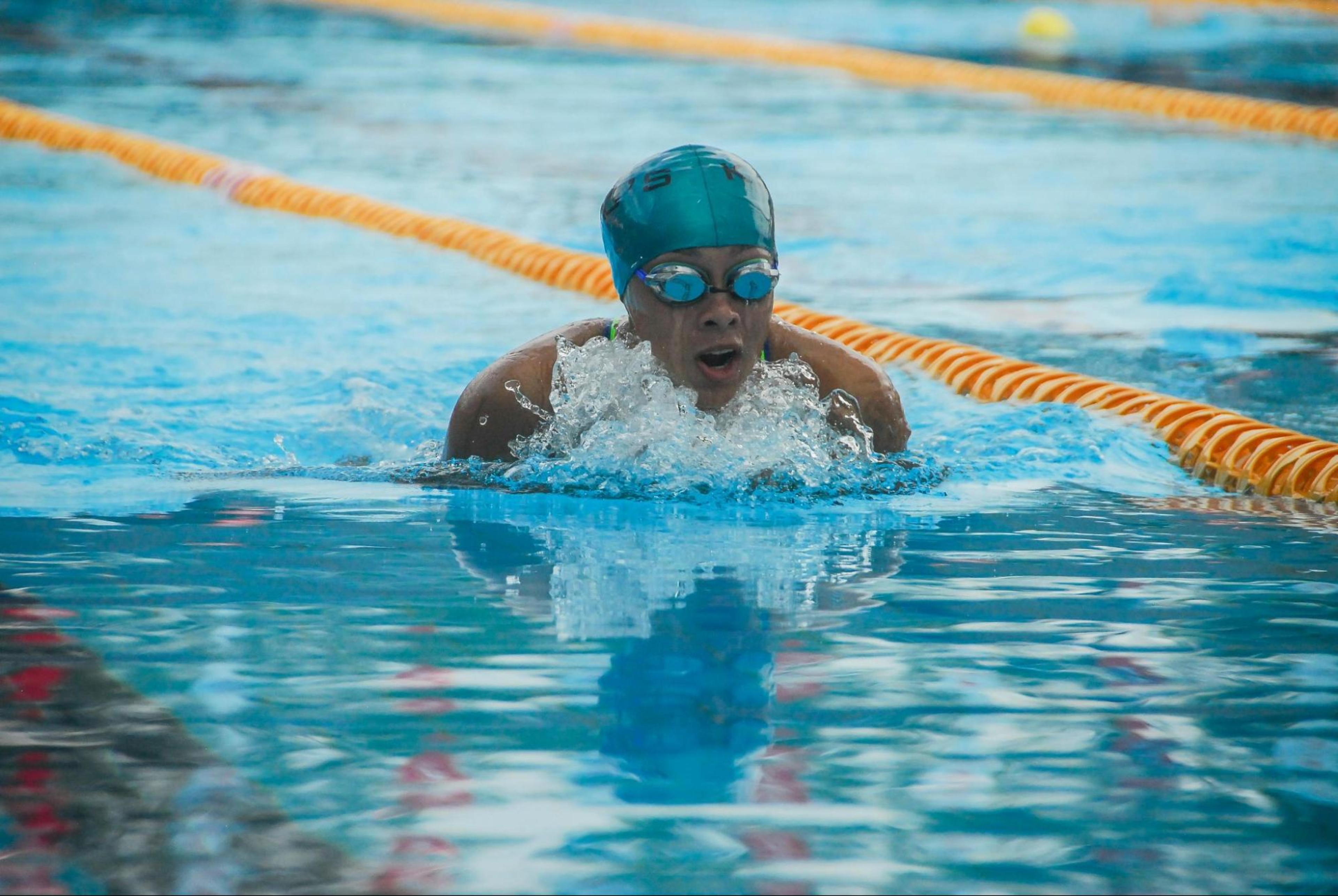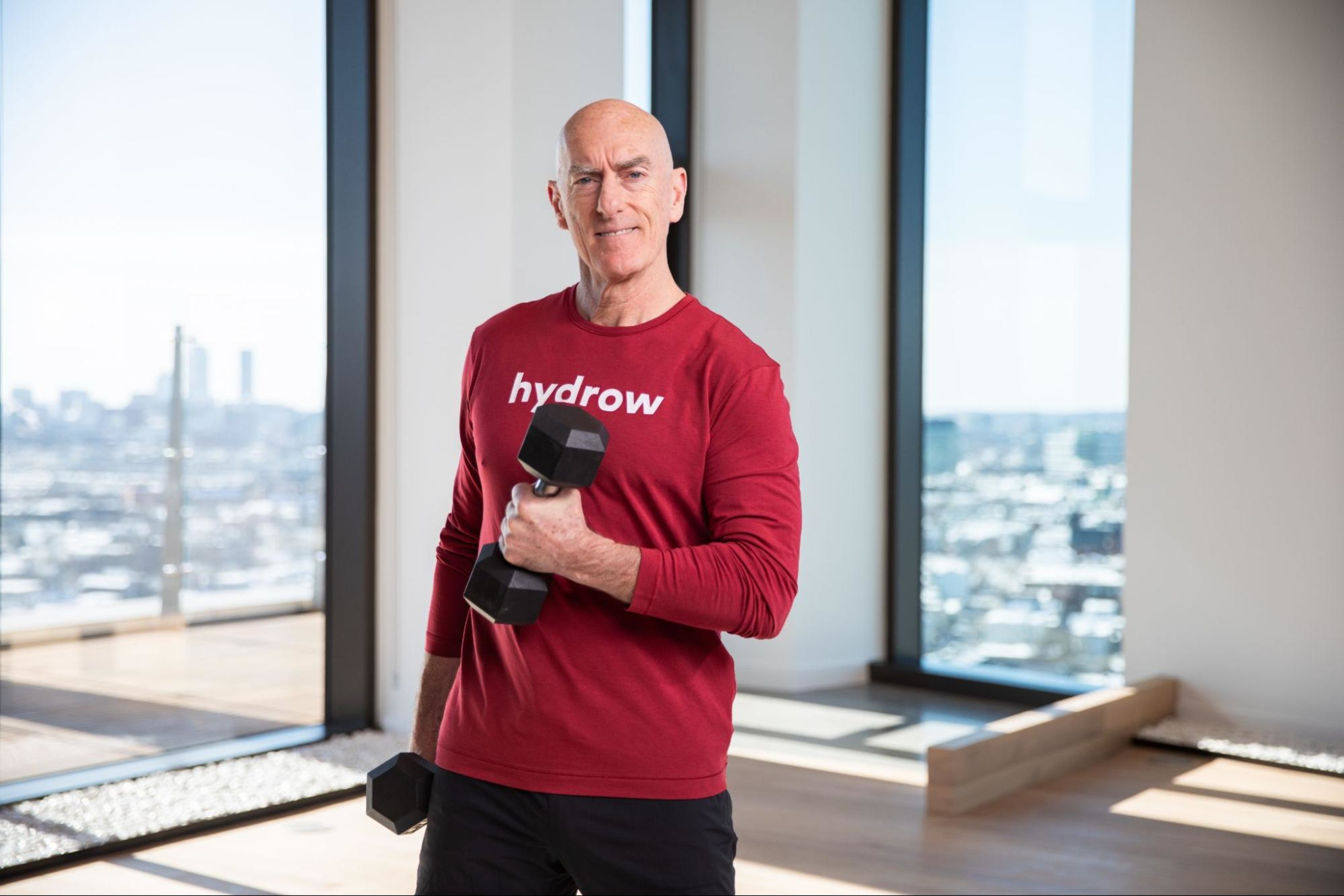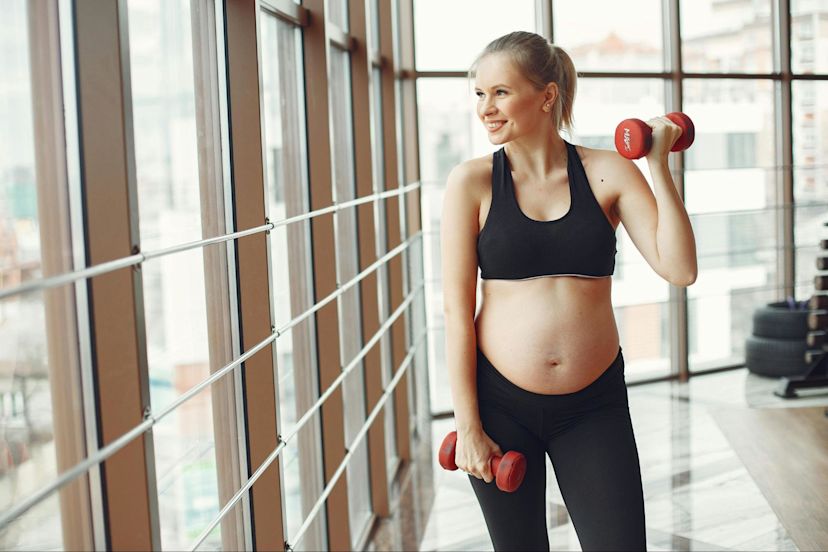The 15 Best Strength Training Exercises for Swimmers
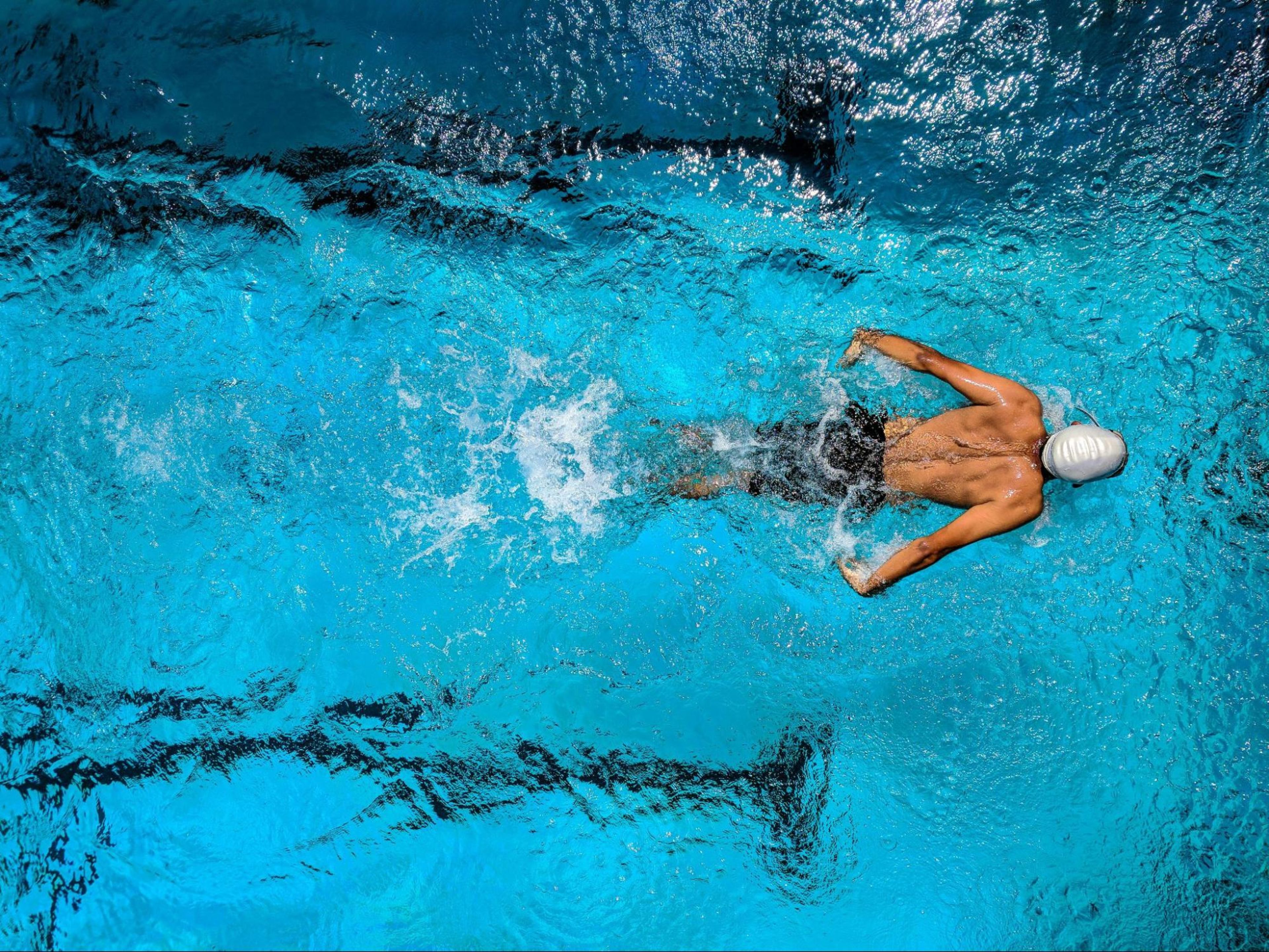
While rowing is my primary spot, I do love to be in the water any way I can, whether it’s swimming or surfing. Strength training is the secret sauce that can unlock next-level performance on the water, especially for swimming.
Whether you’re preparing for your next race or simply want to feel stronger in the water, building strength on land is essential. In this post, we’ll explore how strength exercises support swimmers, walk through the 15 best strength training exercises for swimmers, and offer practical advice for integrating strength work into your swimming routine.
The benefits of strength training for swimmers
When done correctly, strength training helps swimmers in the following ways:
Improves power and speed in the water: Stronger muscles lead to more explosive starts, turns, and strokes.
Enhances endurance: Resistance training boosts muscular stamina, allowing swimmers to maintain form and speed longer.
Prevents injuries: Building strength in stabilizing muscles (especially your shoulders, hips, and core) can dramatically reduce overuse injuries.
Refines body mechanics: Strengthening key muscle groups helps maintain proper alignment and technique in the water.
In short, strength training makes swimmers more powerful athletes, boosting their efficiency and resiliency.
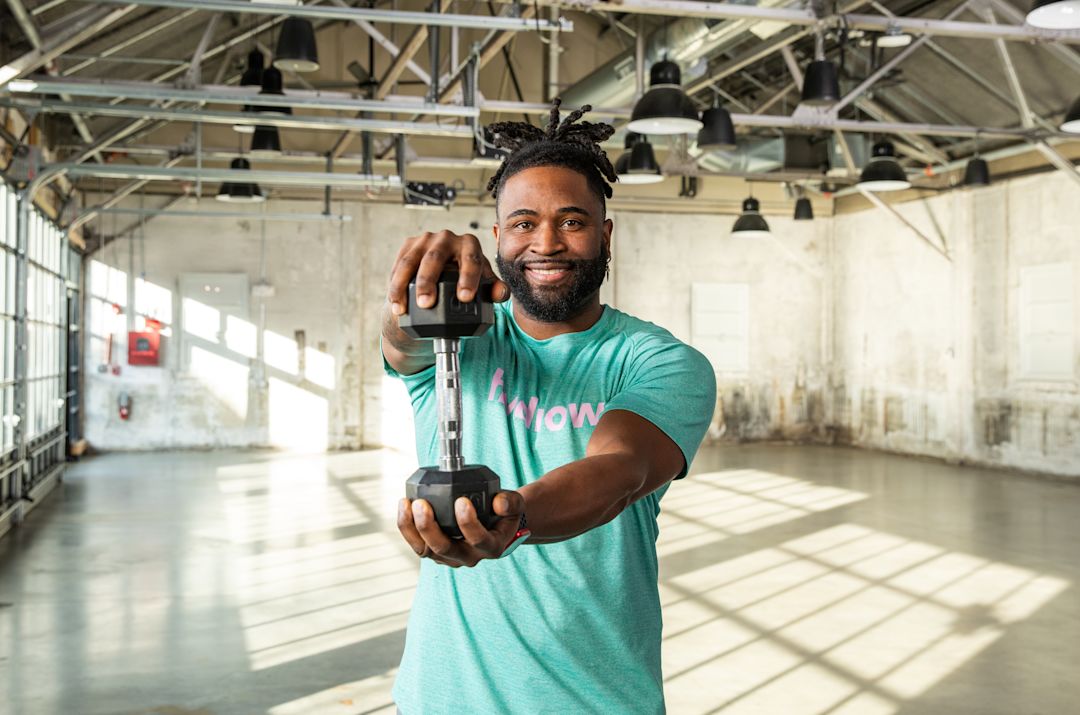
Explore Hydrow's library of strength training workouts.
The 15 best strength training exercises for swimmers
Looking for inspiration? Here are the 15 top strength training exercises for swimmers, selected for their impact on swim-specific muscle groups and movement patterns:
1. Pull-ups
Why they help swimmers: Pull-ups strengthen the lats, shoulders, and core, which are vital for powerful strokes.
How to do pull-ups:
Stand under a pull-up bar with your arms overhead, palms facing away from you.
Grasp the bar firmly (you may need to jump or stand on another piece of gym equipment to do so) with your thumbs wrapped around the bar.
Engage your core and exhale as you pull your body upward. Keep your shoulders back and down.
Pull until your chest is level with the bar.
Pause here briefly, then lower back down with control until your arms are fully extended.
Continue for your desired number of reps.
2. Deadlifts
Why they help swimmers: Deadlifts build posterior chain strength (hamstrings, glutes, back), which is essential for kick power and stability.
How to do deadlifts:
Stand with your feet hip-width apart, hinge at your hips, and bend your knees to lower your torso to grab the bar.
Grab the bar with your hands just outside your knees—either with both palms facing you or one palm facing you and the other facing away.
Keep your back flat, chest up, and shoulder blades pulled back.
With your hips higher than your knees and your eyes looking slightly ahead, brace your core and drive through your heels to raise the bar.
Keep the bar close to your body—almost grazing your shins and thighs—as you unhinge and stand tall.
Reverse the movement by pushing your hips back first, then bending your knees to lower the bar in a controlled way.
3. Push-ups
Why they help swimmers: Push-ups improve upper-body endurance and core stability.
How to do push-ups:
Begin with your hands and knees on the floor, then straighten out your legs, with your palms planted directly under your shoulders and your body forming a straight line from head to hips to heels.
Bend your elbows at about 45-degree angles from your torso to lower your chest toward the floor.
When you’re about an inch or two from the ground, press through your palms to push your body back up to the starting position while maintaining an engaged core.
Continue for your desired number of reps.
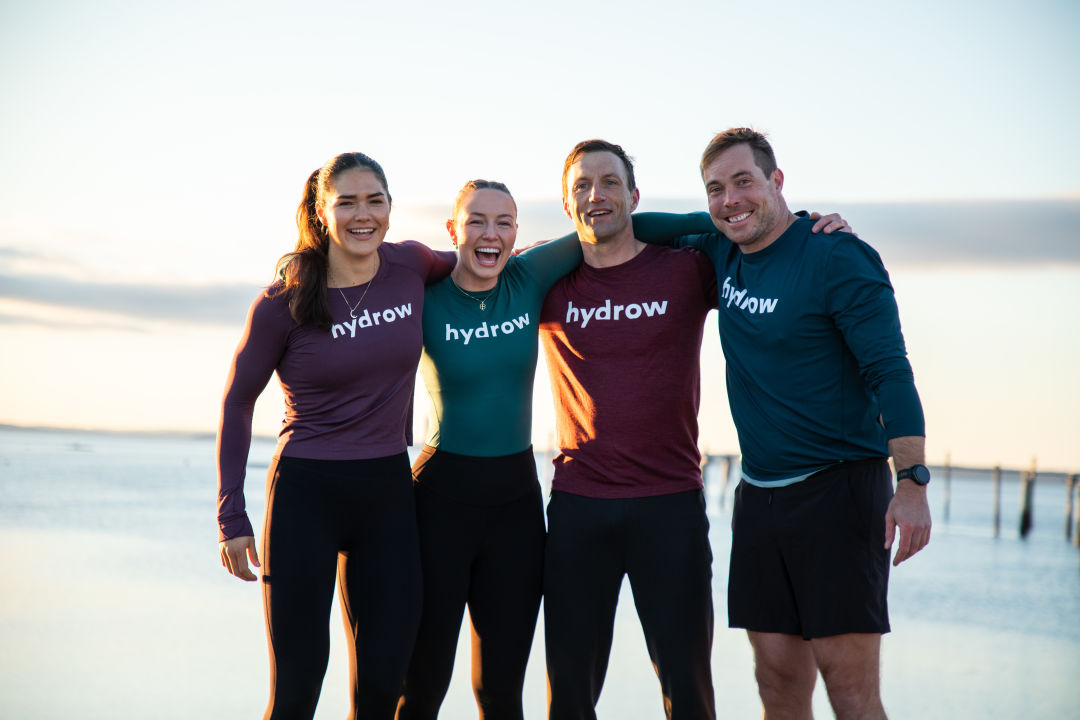
Explore Hydrow’s library of 5,000+ rowing, circuit training, yoga, Pilates, and mobility workouts.
4. Plank rows (renegade rows)
Why they help swimmers: This exercise builds core control and unilateral back strength.
How to do plank rows (renegade rows):
Get into a high plank position, with your hands gripping dumbbells directly under your shoulders and your feet slightly wider than shoulder width for better balance.
Keep a straight line from your head to your heels, engaging your core and glutes.
Row one dumbbell up toward your ribcage, bending your elbow and lifting it straight back toward the ceiling, keeping it close to your body.
Lower the dumbbell slowly back to the floor, then repeat on the other side.
Keep your hips level throughout the movement.
Continue to alternate to complete all reps.
5. Squats
Why they help swimmers: Squats enhance lower-body power for starts and turns.
How to do squats:
Stand with your feet slightly wider than shoulder-width apart.
Lower your body by bending or hinging at the hips and knees, keeping your chest up.
Descend until your thighs are parallel to the ground while maintaining an engaged core
Push through the soles of your feet with an emphasis on driving through the heels as you return to the starting position.
Repeat.
6. Medicine ball slams
Why they help swimmers: Medicine ball slams develop explosive power and core activation.
How to do medicine ball slams:
Stand tall with your feet shoulder-width apart and hold a medicine ball in both hands.
Lift the ball overhead, reaching up as high as you can while keeping your core tight.
Slam the ball down hard onto the floor in front of you, using your whole body—especially your core and arms.
Pick up the ball and repeat.
7. Dumbbell shoulder press
Why it helps swimmers This exercise strengthens your deltoids and upper back to stabilize your shoulder joints.
How to do a dumbbell shoulder press:
Stand or sit with your feet shoulder-width apart.
Hold a dumbbell in each hand at shoulder height.
Engage the core for back support.
Press the weights overhead until your arms are fully extended.
Lower the weights back to shoulder height.
8. Russian twists
Why they help swimmers: Russian twists build rotational core strength for flip turns and body rotation.
How to do a Russian twist:
Sit on the floor, keep your upper body tall, lift your feet off the floor, and lean your upper body back slightly, creating a V shape with your thighs and upper body and maintaining an engaged core.
Clasp your hands out in front of you, and using your ab muscles, twist to one side then to the other.
9. TRX rows (or inverted rows)
Why they help swimmers: This exercise targets the upper back while minimizing shoulder strain.
How to do TRX rows:
Hang from TRX straps.
Keep your core tight.
Pull your chest toward your hands.
10. Lunges
Why they help swimmers: Lunges build unilateral leg strength for balance and kick control.
How to do lunges:
Step forward with one leg, lowering your back knee toward the ground.
Keep your front knee in line with your ankle, not going past the toes, and your back straight.
Push through your front foot to return to standing.
Repeat on the other side.
11. Superman holds
Why they help swimmers: This move strengthens the posterior chain and promotes better body alignment.
How to do Superman holds:
Lie face down with arms and legs extended.
Engage core and lift arms and legs off the ground as high as possible while maintaining straight arms and legs.
Pause briefly at the top.
Slowly lower back to the starting position.
Repeat.
12. Resistance band lat pulls
Why they help swimmers: This exercise simulates freestyle pull mechanics and builds lat engagement.
Resistance band lat pulls:
Start standing tall or seated on a bench with your feet planted shoulder-width apart.
Loop a mini resistance band around your wrists.
Raise your arms over your head with your palms facing away from you. Position your hands about shoulder-width apart so there’s tension in the band.
Pull your shoulder blades together and bend your elbows to pull the band apart and down toward your chest.
Pause here briefly.
Slowly and with control, return your hands above your head without locking out your elbows.
Continue for your desired number of reps.
You can also use a cable machine for this exercise, if available.
13. Glute bridges
Why they help swimmers: Glute bridges activate the glutes, helping maintain proper hip position.
How to do glute bridges:
Start lying down on your back on a mat or other cushioned surface.
Bend your knees and plant your feet under or slightly in front of your knees. Your arms can be flat by your sides.
Engage your core by tilting your pelvis slightly forward.
Press through your heels to lift your hips until your body forms a diagonal line from your knees to your hips to your shoulders. Pause here briefly.
Slowly and with control, lower your hips back down.
Continue for your desired number of reps.
14. Rowing machine power intervals
Why they help swimmers: Doing power intervals on a rowing machine boosts full-body strength and cardiovascular power, mirroring swimming’s demand for coordination and core control.
How to do rowing machine power intervals:
Set your rowing machine to a moderate resistance.
Row at a controlled stroke rate (20–22 SPM) with powerful leg drive.
Perform 30- to 60-second intervals at high effort with 60 seconds rest.
Repeat for 6–10 rounds.
Bonus tip: Hydrow’s circuit training workouts with Rina, Manteo, and Pete D. combine off-machine strength with rowing intervals to develop explosive power and endurance—all highly transferable to swimming!
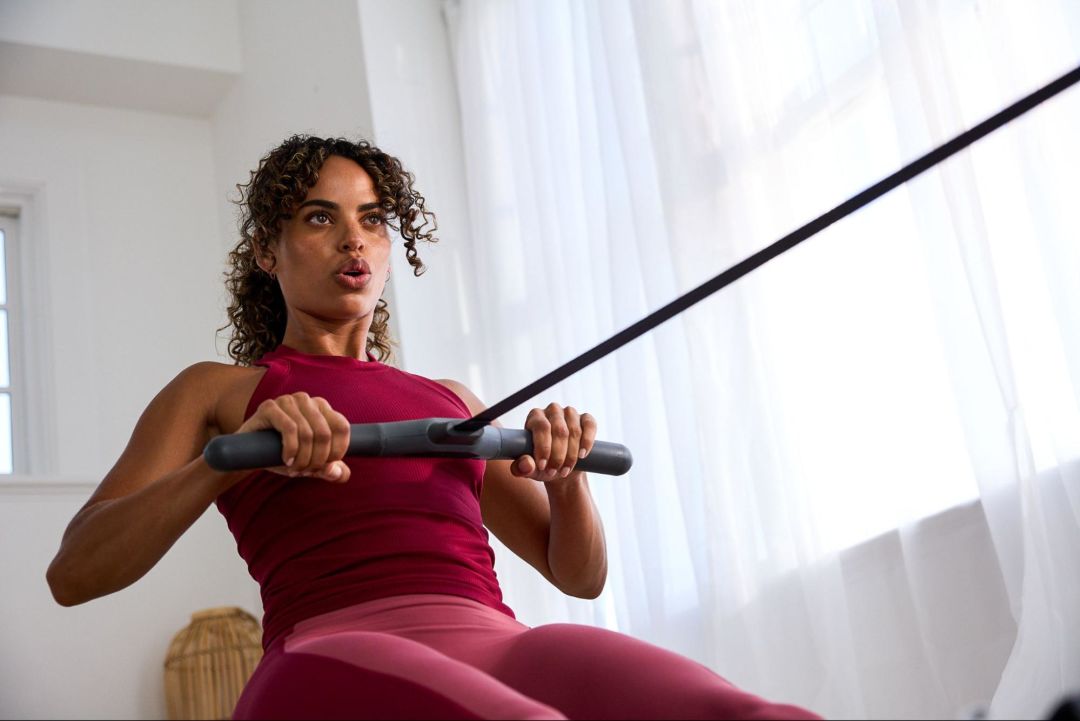
Efficiency for the win.
Work 86% of your muscles in just 20 minutes of rowing with Hydrow.
15. Farmers carry
Why it helps swimmers: This exercise builds grip strength, shoulder stability, and core endurance.
How to do a farmers carry:
Hold heavy weights in each hand.
Walk forward while maintaining a strong posture and engaged core.
Continue for a set distance or time.
Gently place the weights down while maintaining good posture.
How to incorporate strength training into a swimming plan
Adding strength training to your swim routine can boost power, improve endurance, and reduce your risk of injury—but it’s all about smart planning. The goal isn’t to lift as much or as often as possible, but to complement your swim sessions in a way that supports your performance. That means choosing the right timing, targeting the right muscle groups, and giving your body the recovery it needs to adapt and improve.
Use these tips to help:
Balance is key. Swimmers should aim for 2–3 strength sessions per week on non-intensive swim days. Focus on full-body workouts or split routines that avoid overloading already-taxed muscles.
Timing matters. Ideally, lift after swim practice (not before), or on separate days. Prioritize quality over quantity here, as 45 to 60 minutes is plenty for a focused session.
Recovery is essential. Build in rest, hydration, and nutrition to recover between workouts. This is where gains happen!
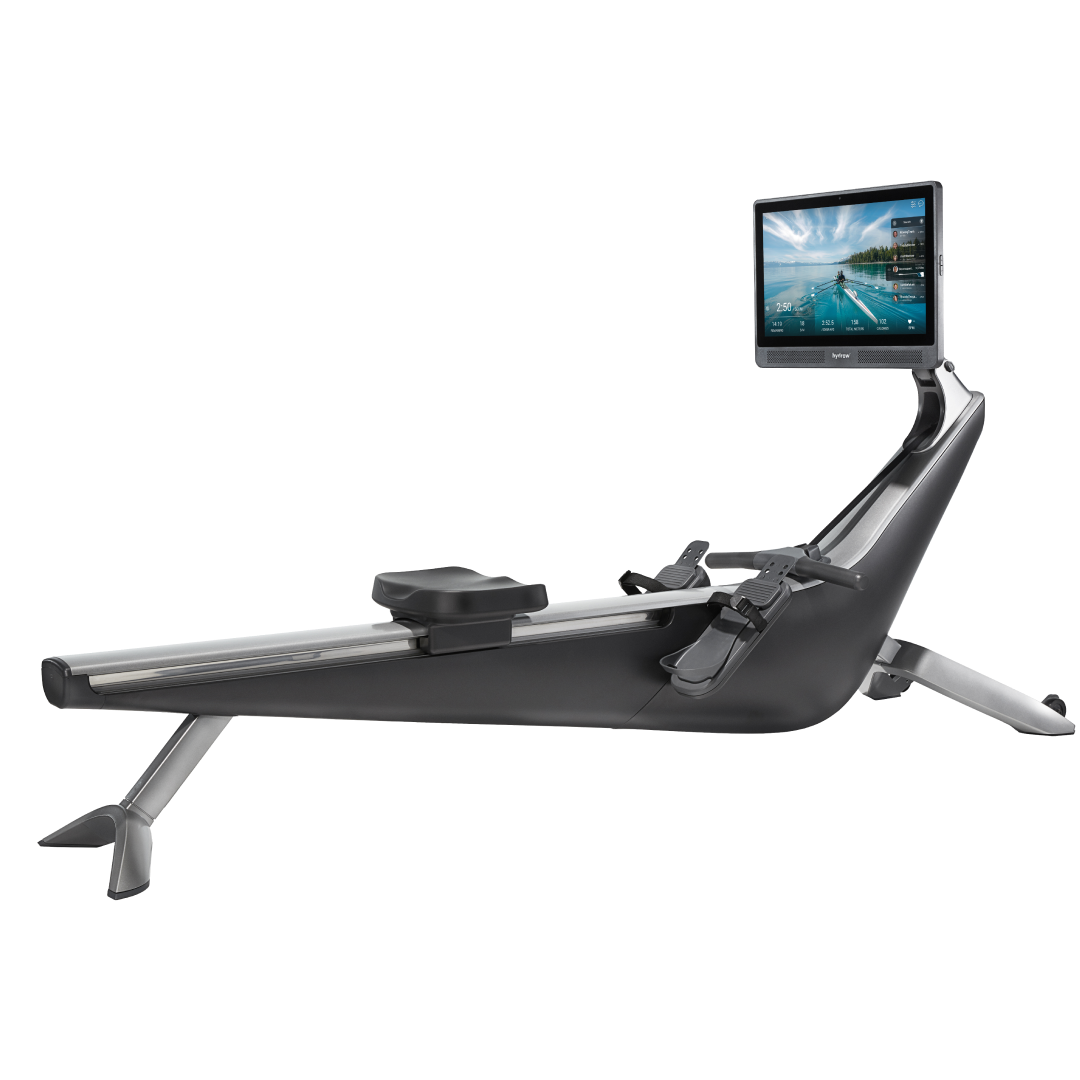
Cardio and strength, combined
Burn calories and build muscle with steady, natural movements.
Common mistakes to avoid when combining strength training with swimming
When it comes to combining swimming and strength training, a few missteps can stall progress—or worse, lead to injury. These common mistakes can limit your results and put unnecessary stress on your body:
Doing too much too fast: Ramp up gradually to avoid burnout.
Neglecting form: Poor technique can lead to injury. Overlapping heavy strength and sprint sets: Spread out intense training to avoid fatigue.
Skipping mobility work: Supplement with mobility, flexibility, or yoga to maintain range of motion.
Not personalizing the plan: Tailor your workouts to your swim goals (for example, sprint vs. distance).
Your power boost starts here!
Whether you're a recreational swimmer or a competitive athlete, strength training is a game-changer. It improves your power, endurance, and resilience in the water and helps you move with more confidence and control.
And if you’re looking for a way to cross-train that blends cardio and strength, rowing is a fantastic complement to swimming. It builds upper- and lower-body strength, reinforces posture, and promotes endurance—all without the impact of land-based sports.
Hydrow offers a full library of guided strength workouts—from bodyweight sessions to dumbbell challenges—that also pair beautifully with your swim training. Start building your strongest stroke yet—both in the water and on the mat—with Hydrow.
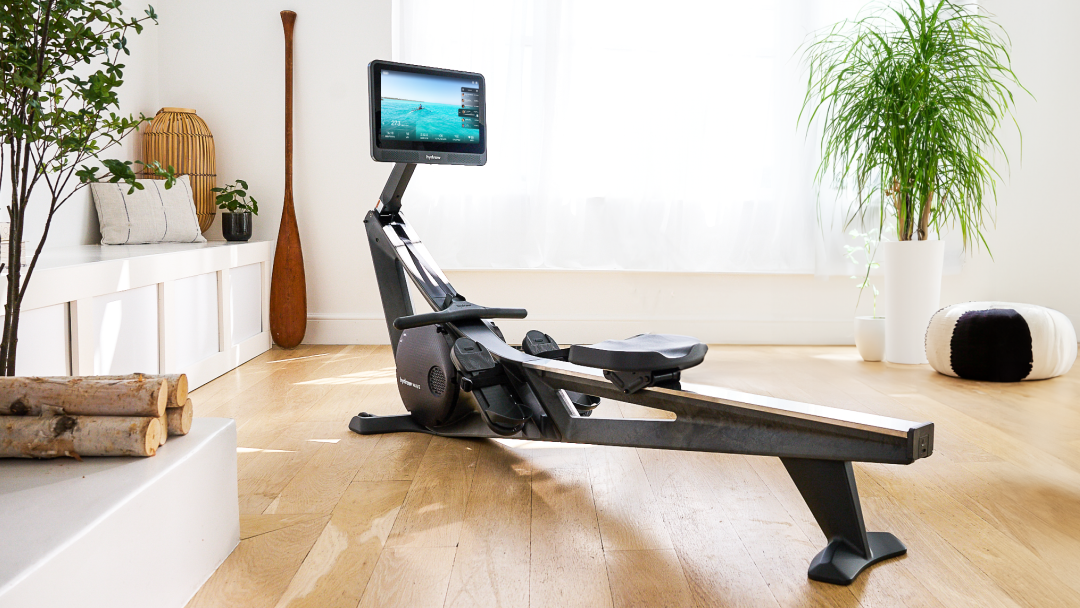
Real strength keeps moving
Learn how working out with Hydrow can help support a fuller, more active life.
